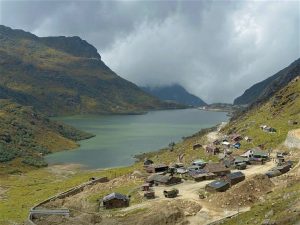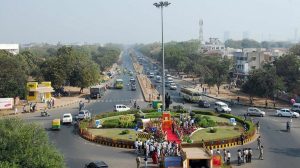Least Polluted Cities of India.
Seven of the world’s 10 worst polluted cities are in India, a new study has revealed, with wider South Asia home to scores more blighted by dirty air. Before you wonder about the title and where am I heading. I know where I’m going I just want you to hold the thought. Last year’s report of WHO of most polluted cities was shocking but evident. We all know India is in a dark dark place when it gets to pollution.
But here I am discussing with you not so miserable corners of the country, where we don’t have to worry about our phones warning us about hazardous air quality. Corners where Swachh Bharat Abhiyan was taken seriously. And where you don’t have to bother yourselves about inhaling unhealthy air.
Starting with Southern India, which dominates the list. We will travel to the northern, western, and eastern parts of India.
Kollam, Kerela
Kollam district (formerly Quilon) is one of 14 districts of the state of Kerala, India. The district is the capital of Kerala’s cashew industry. Plains, mountains, lakes, lagoons and backwaters, forests, farmland, and rivers make up the topography of the district.
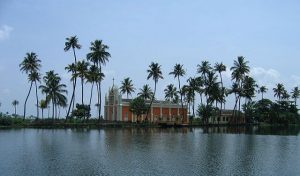
As per the recent surveys conducted by WHO of over 1600 cities around the world, including 123 Indian cities. Kollam has been ranked second when it comes to the least polluted places in India. And Pathanamthitta ranks first in the same state.
Also, there is a survey done by Swachh Bharat Survekshan which included it in less populated and least polluted cities.
Hassan, Karnataka
Hassan is a district in Karnataka state, India. The district headquarter is Hassan.
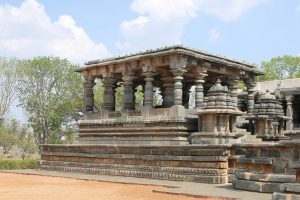
The city of Karnataka was ranked third in the same list. As the concentration of particulate matter with a diameter of 10 million is recorded to be 44 micrograms per cubic meter of air which is way less than New Delhi with a pm at 286 micrograms per cubic.
Mysore, Karnataka
Mysore officially is an administrative district located in the southern part of the state of Karnataka.

It is one of the 10 cities declared to be the least polluted city in India by the WHO. Besides rising vehicular emissions, the coping strategies in concern with the same.
Along with pollution-free, it is also rich in culture.
Vijayawada, Andhra Pradesh
Vijayawada (also known as Bezawada) is a city on the banks of the Krishna River, situated in the Krishna district of the Indian state of Andhra Pradesh. It is one of the twelve urban local bodies in the Andhra Pradesh Capital Region. The city is the second-largest city in the state by population and the third, most densely populated urban built-up areas in the world. Often Vijaywada is referred to as the Commercial capital of Andhra Pradesh.
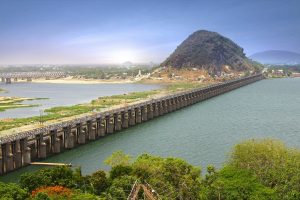
Surprisingly it has got the fifth position as compared to last year’s 19th position in Survekhsan Survey.
Bhopal, Madhya Pradesh
Bhopal is the capital city of the Indian state of Madhya Pradesh. It is known as the City of Lakes for its various natural as well as artificial lakes and is also one of the greenest cities in India. This cultural hub is the 17th largest city in the country and 131st in the world.
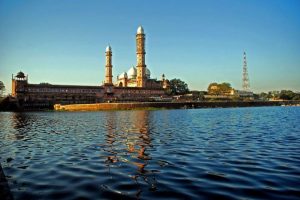
And here is the cleanest capital of Survekshan survey 2019. It was the hat- trick for Bhopal. It has retained its first rank for three years in a row.
Indore, Madhya Pradesh
Indore is the most populous and the largest city in the Indian state of Madhya Pradesh. It is also considered as an education hub of the state and the first city to have campuses of both the Indian Institute of Technology and the Indian Institute of Management.
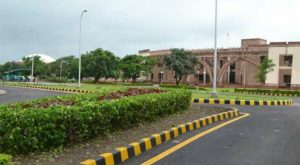
Indore was in a tie with Bhopal. Besides the not so less population of the city. It remained clean and livable. The locality is also something you would love to visit.
Chandigarh
Chandigarh is a city and a union territory in India that serves as the capital of the two neighboring states of Punjab and Haryana. The city is unique as it is not a part of either of the two states but is governed directly by the Union Government, which administers all such territories in the country. It was one of the early planned cities in post-independent India and is internationally known for its architecture and urban design.
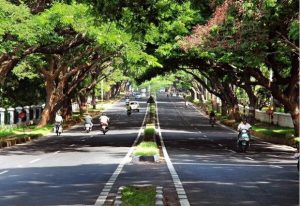
Even being in the nearby location of the Indian capital Chandigarh made a big achievement. It got the title of the green capital city. And the city really worth it.
Shillong, Meghalaya
Shillong is a hill station in the northeastern part of India and the capital of Meghalaya, which means “The Abode of Clouds”. It is also one of the smallest states in India. The hilly city has steadily grown in size since it was made the civil station of the Khasi and Jaintia Hills in 1864 by the British. In 1874, on the formation of Assam as the Chief Commissioner’s Province. It was chosen as the headquarters of the new administration because of its convenient location between the Brahmaputra and Surma valleys. And more so because the climate of Shillong was much cooler than tropical India. It has also remained the capital of undivided Assam until the creation of the new state of Meghalaya on 21 January 1972, when Shillong became the capital of Meghalaya, and Assam moved its capital to Dispur in Guwahati.
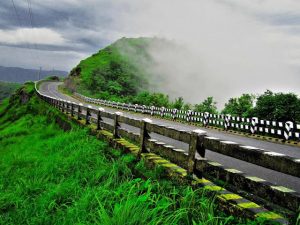
There is a village in Shillong named Mwlynnong. That has been the ‘cleanest village of Asia’ for several years. And this year too. The green and peaceful surroundings will absolutely not let you leave the village.
Puducherry
Pondicherry City, officially known as Ville de Pondichéry, is the capital and the most populous city of the Indian Union Territory of Puducherry, with a population of 657,209 and an area of 492 sq km. The city is in the Puducherry district of the union territory and is surrounded by the state of Tamil Nadu to which it shares most of its culture.
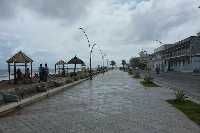
On the eastern coast, there locate the most important Union Territory of India. It also has the most important seaports in the country. And they are almost always occupied by the traffic of ships. Notwithstanding the busy coastline, it has been on the list of a clean cities.
Sikkim
Sikkim is a state in northeastern India. It borders Tibet in the north and northeast, Bhutan in the east, Nepal in the west, and West Bengal in the south. The city is also located close to India’s Siliguri Corridor near Bangladesh. It is also tagged with the status of least populous and second smallest among the Indian states. A part of the Eastern Himalaya, Sikkim is notable for its biodiversity, including alpine and subtropical climates, as well as being a host to Kangchenjunga, the highest peak in India and third highest on Earth. The capital and largest city of Sikkim is Gangtok. Almost 35% of the state is covered by the Khangchendzonga National Park
Now, who doesn’t know about the efforts of this small city in the mountains? Well in case you don’t know Sikkim is the only carbon-negative city in India. It has 82 percent of the total area as forest. And done really well in controlling plastic burning and its use.
Gandhinagar, Gujarat
Gandhinagar is the capital of the state of Gujarat in India. The capital city is located approximately 23 km north of Ahmedabad, on the west-central point of the Industrial corridor between Delhi, the political capital of India, and Mumbai, the financial capital of India.
Several cities of Gujarat are quite clean as compared to other big cities. Vadodara, Gandhinagar, Surat, and Rajkot all have achieved a good level of sanitation. Although Gandhinagar is on our list because it is the greenest city too. Thus, Gandhinagar is one of the least polluted cities in India.
Halisahar, West Bengal
Halisahar is a city and a municipality of North 24 Parganas district in the Indian state of West Bengal. It is a part of the area covered by the Kolkata Metropolitan Development Authority.

Talking about this city don’t forget it is also the house of the highest jute mills. The holy Ganga river which has been polluted by masses has its closing ends in there. Still, the city has done pretty much good work ahead of cleanliness.
Tiruchirapalli
Tiruchirappalli, also called Trichy, is a major tier II city in the Indian state of Tamil Nadu and the administrative headquarters of Tiruchirappalli District. Trichy is the fourth largest city as well as the fourth-largest urban agglomeration in the state.
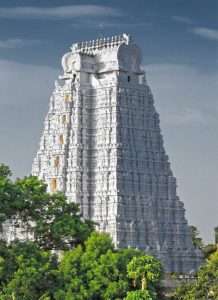
The ancient city of India is located in Southern state Tamil Nadu. It may have not been in the top 20 most clean cities of Survekshan survey 2019. But WHO has considered it one of the cleanest and livable cities of India. And that gives you a better reason to visit its ancient temples and forest areas.
So it’s not all bad but it’s not all bright and shiny too. As we all know efforts are being made. Thus we can say that India is possibly able to make some more efforts to clean the polluted important cities. It just needs some better policies and control on carbon emissions as targeted by 2030.
All we can do is do our part and hope for the best and until then visit these wonderful cities and check out if they’re worth the hype. Lastly, I would like to recommend you to take a break and go get some fresh air.
Also read, India: The land of discoveries


